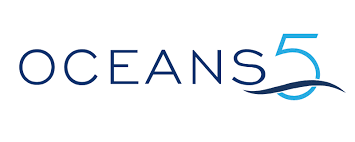How are we going to eradicate Salvinia molesta?

Lake Ossa (Littoral, Cameroon) is a 4000 ha wildlife reserve well-known for its important population of African manatee and an important source of food and income for about 400 local fisher households that live in the area. Since 2017, a vast proliferation of an invasive aquatic species called Salvinia molesta is killing native plants that are food for the manatees. Named as the worst invasive plant in the world by the US Army Corps of Engineers, the Salvinia doubles in size every 7 to 10 days and has now created an emergency situation. As of this writing, it already covers about 25\% of the lake. If nothing is done quickly to control it, the lake, its manatee population, and biodiversity may disappear. The current situation is bleak but the future is bright. We know what to do. Here is how we are going to get rid of it. And here is how you can help.
For a while, we have joined our efforts with those of our local partners who organized the lake community to manually remove the Salvinia molesta but the impact of our efforts is very limited considering the aggressiveness of the plant. While we are still planning to do it in certain areas of the lake, we decided to conduct it as a secondary effort where other solutions are not practical. Besides the mechanical solution, we explored two other options, a chemical solution with the use of pesticides and a biological solution with the use of a natural agent that would kill the Salvinia. Spraying pesticides on the water of a wildlife reserve is a very radical solution that we decided to keep as a last resort if nothing else works. As far as using a natural agent, we reached out to entomologist experts (they study insects) from the Rhodes University in South Africa and were assured that the biological solution, by means of the salvinia weevil, scientifically called Cyrtobagous salviniae, has been very successful in managing Salvinia at a number of sites in South Africa and more than a dozen of African countries that had faced similar invasions and with no risk associated with the introduction of the insects.
This image is licensed under the Creative Commons Attribution 3.0 Unported license. Author: CSIRO
It is actually the larvae of the weevil, which is the most destructive to the Salvinia molesta as it digs inside the core of the plant and creates irreversible damage. This means that our eradication plan will include the rearing of a healthy weevil population that we would disperse on the lake when they reach maturity so they can breed a new generation of weevils on infested areas of the lake. Our objectives are clear: Import the first batch of Cyrtobagous salviniae (weevils), build a mass-rearing facility on the lakeshore, disperse adult weevils on the various areas of the lake and monitor the situation over time to adjust our actions. We expect to start seeing results within 2 months after we start the program since this is the timeframe for the next generation of weevils to be born and when new Cyrtobagous salvinia larvae would start damaging the Salvinia plants. The impact is very easy to monitor as the plants start to turn brown and rot.
The two urgent matters to get this program started is to first work with our partners, including the Ministry of the Environment in Cameroon and the Office of Conversation of Lake Ossa to coordinate our efforts. We have expressed the urgency to deal with this situation and any support from the public would be welcome to reinforce the message.
Second, we have reached out to several organizations to secure the funding that we have planned for this project. We are now looking for grants and donations to ensure our continuing effort for at least the next 12 months. This is the timeframe during which we will focus our efforts and that will require the most investment even though we will continue to monitor the situation in the following years to ensure the efficacy of the weevils to control the Salvinia and to avoid a new outbreak of the plant. Funds will be used to pay for equipment, salaries of the local staff dedicated to that effort (including a local entomologist) and building a small mass-rearing facility for the Cyrtobagous salviniae weevils. If you are looking at making a direct impact on a conservation project, consider supporting our efforts and donate to AMMCO. This is not just about eradicating an invasive plant. This is about saving Lake Ossa.



.jpg)
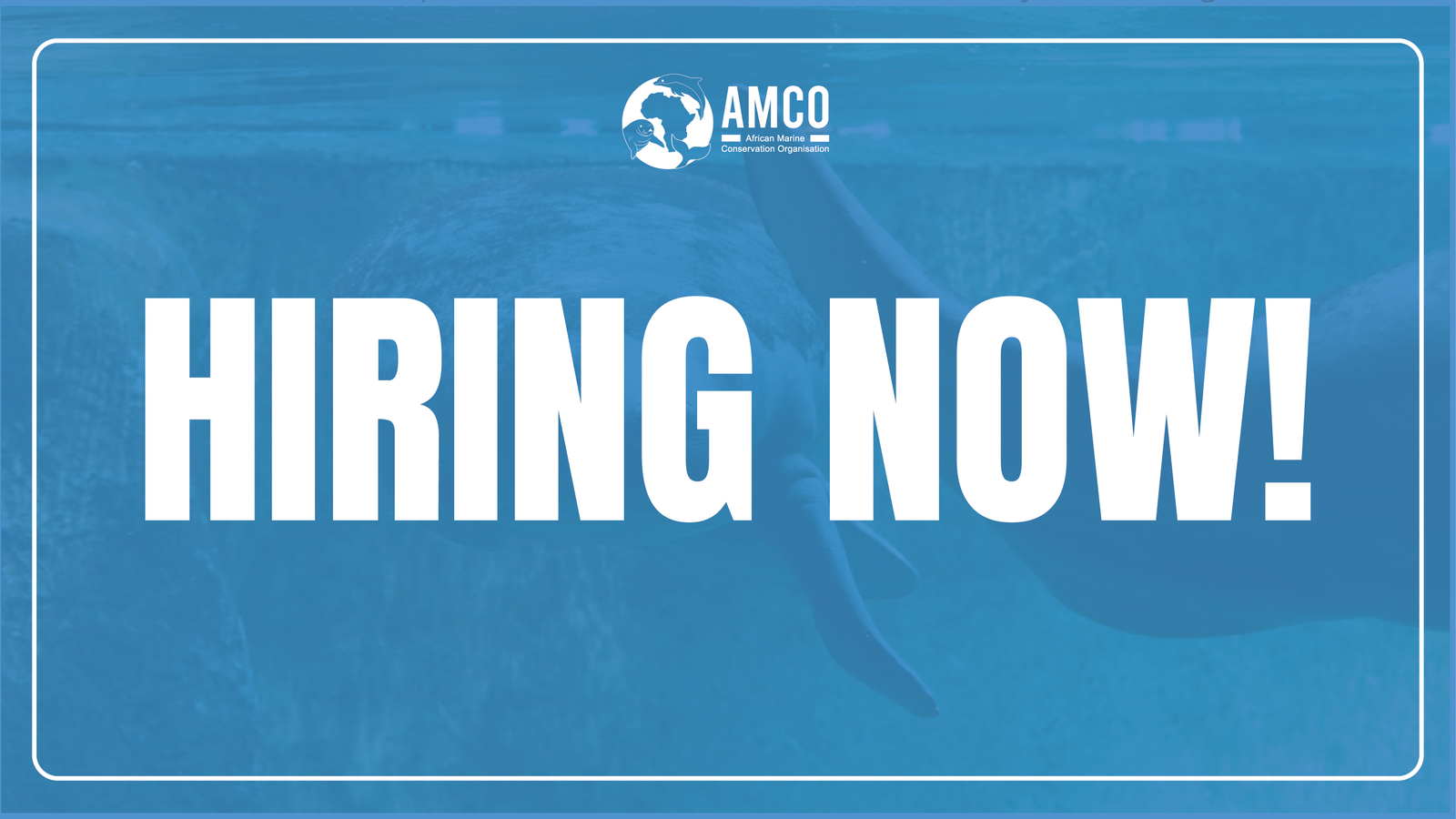










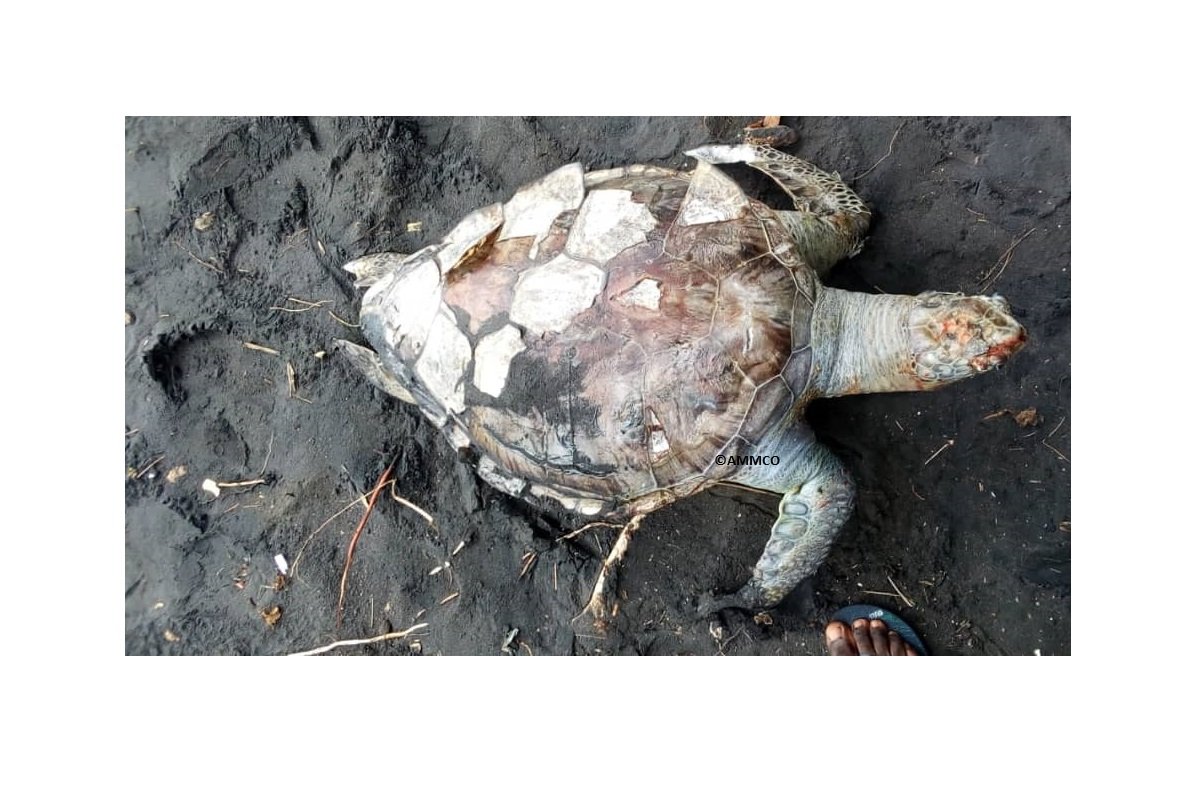


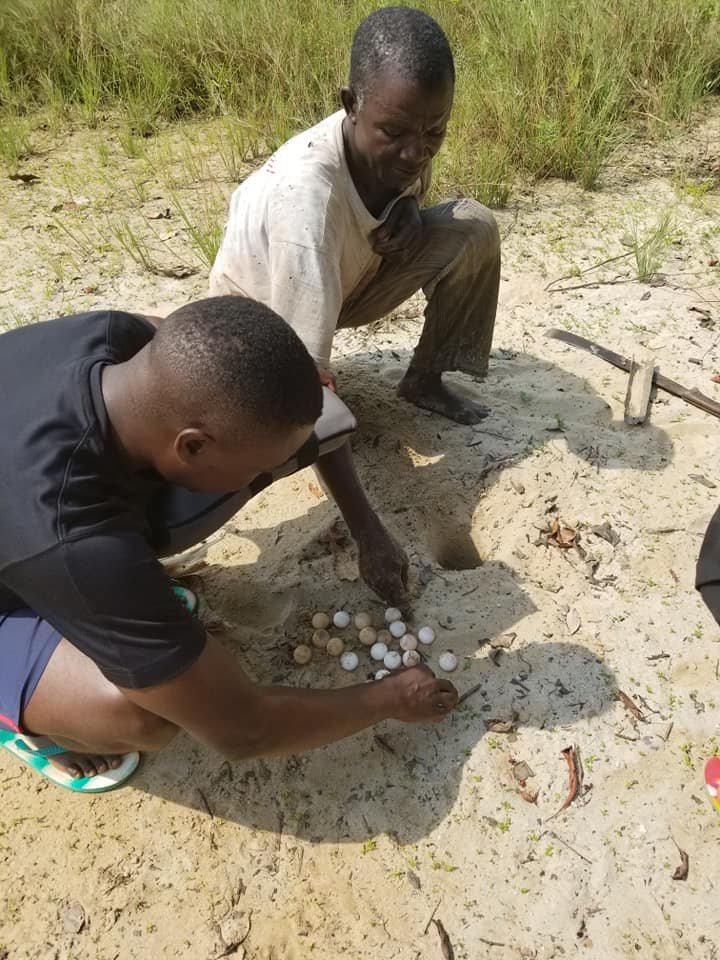
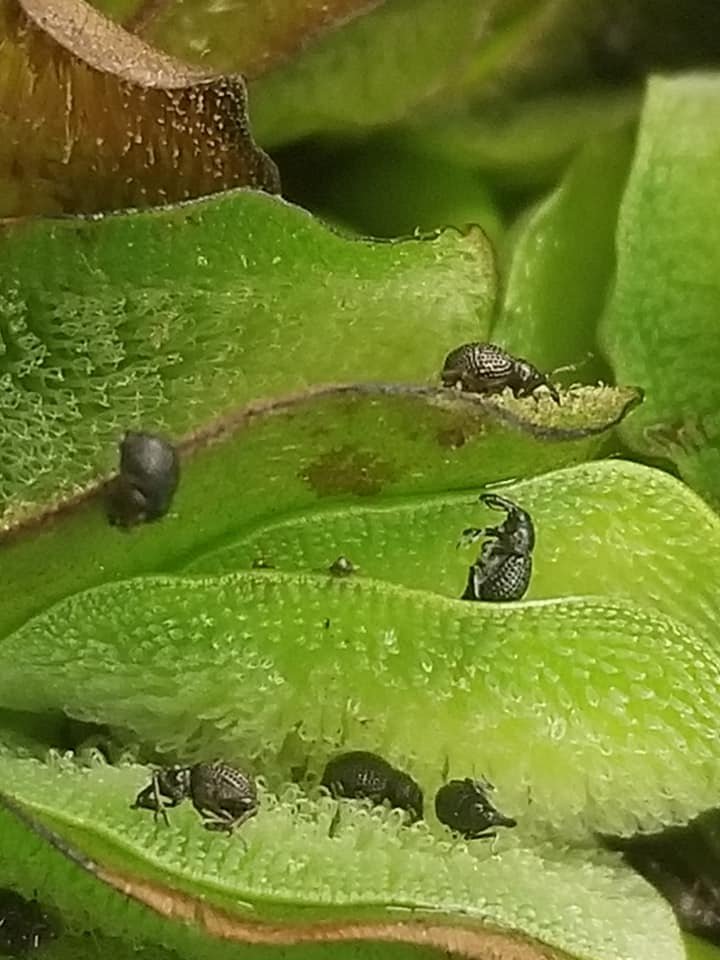
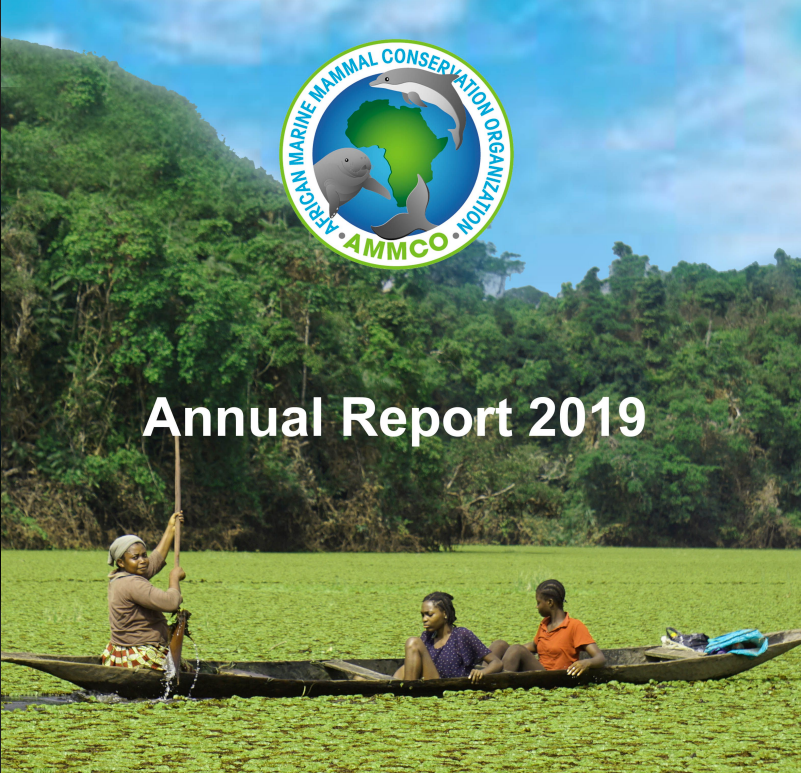




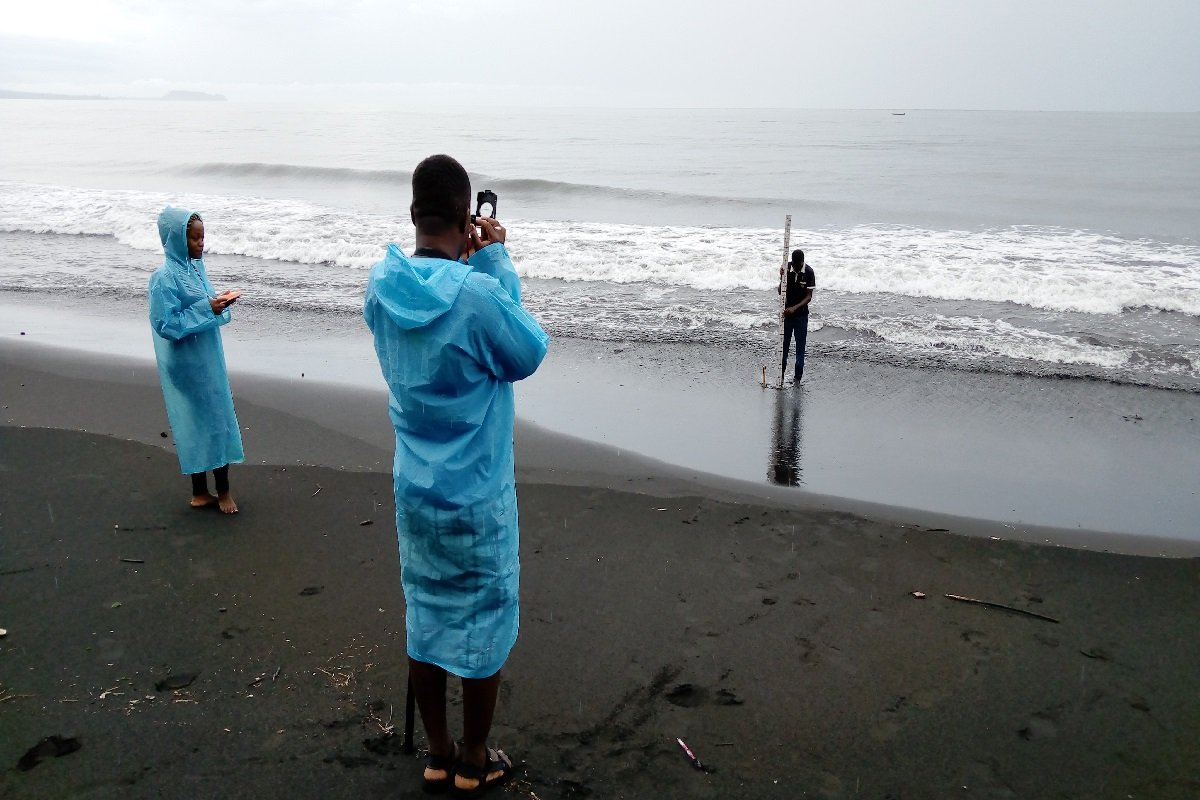
.jpg)

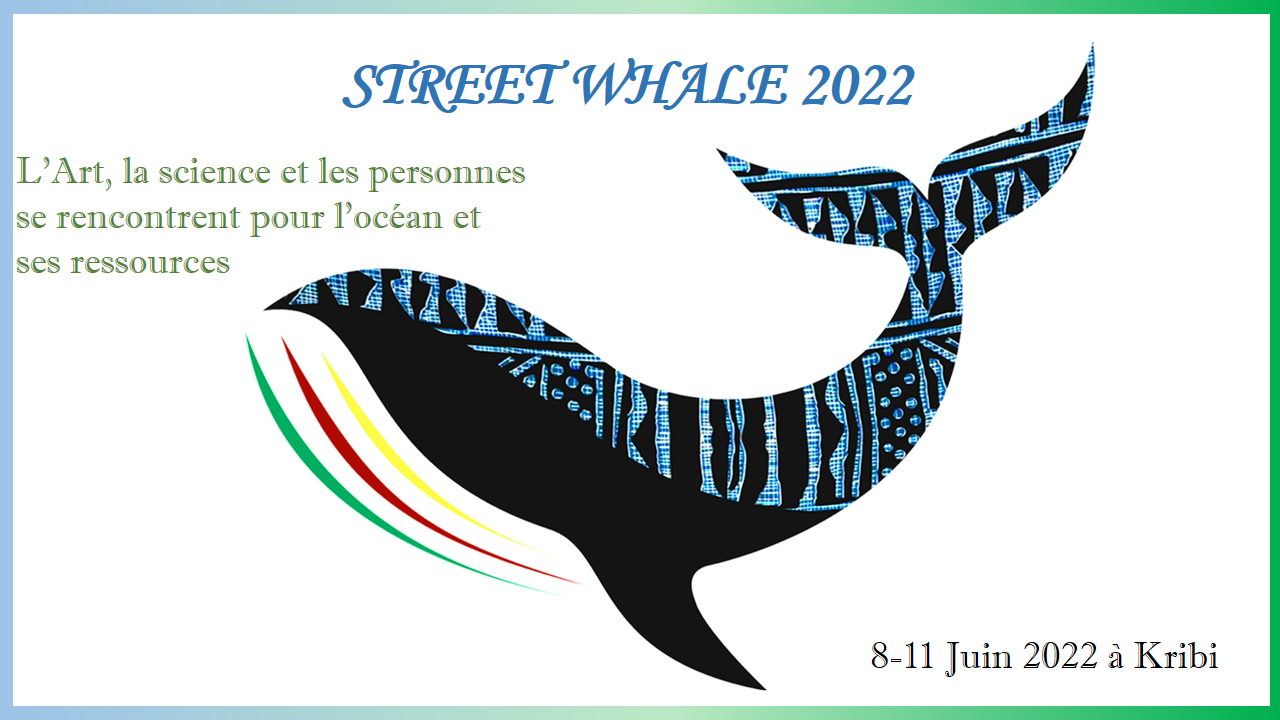
.jpeg)



.jpeg)




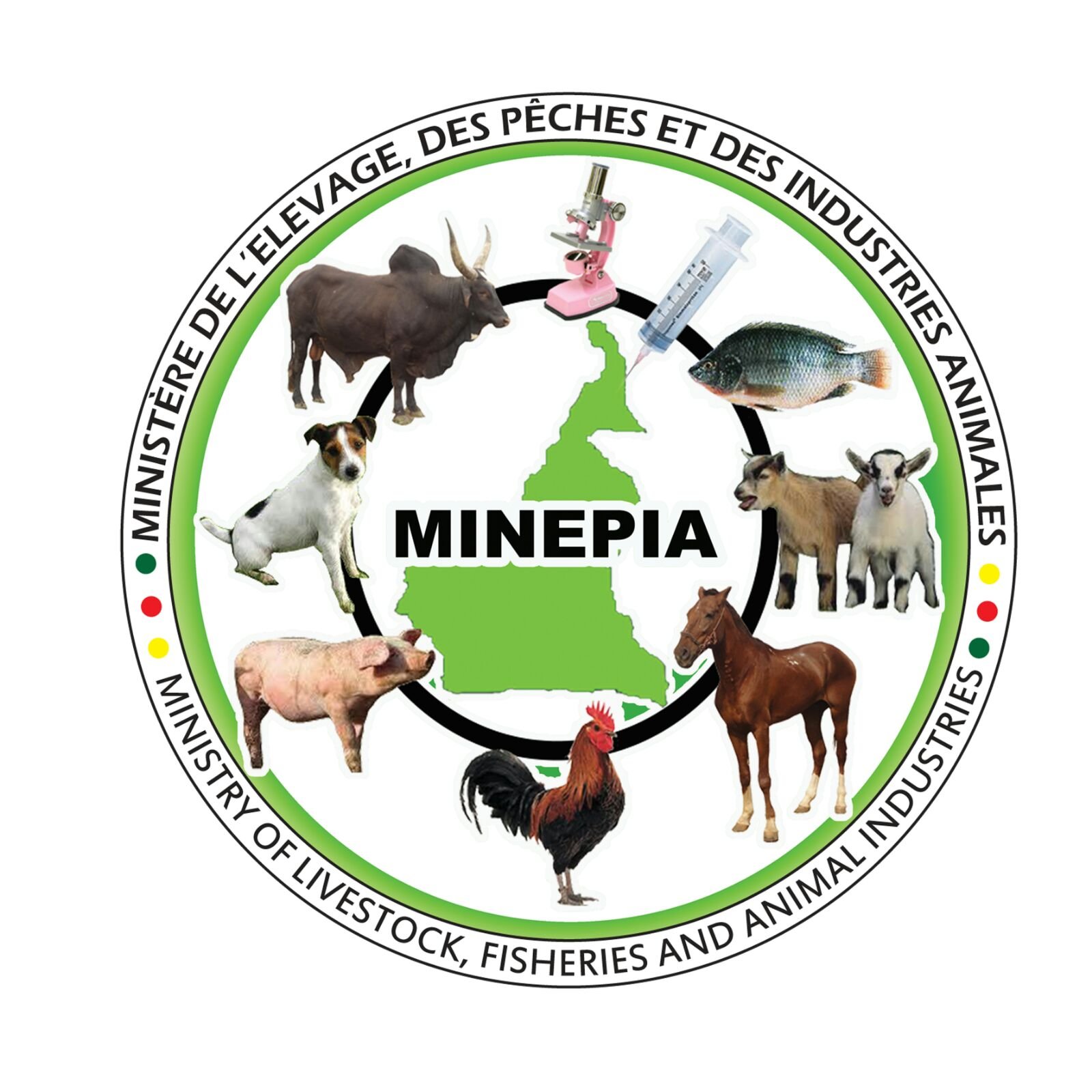
.jpg)












.jpeg)
.jpeg)





